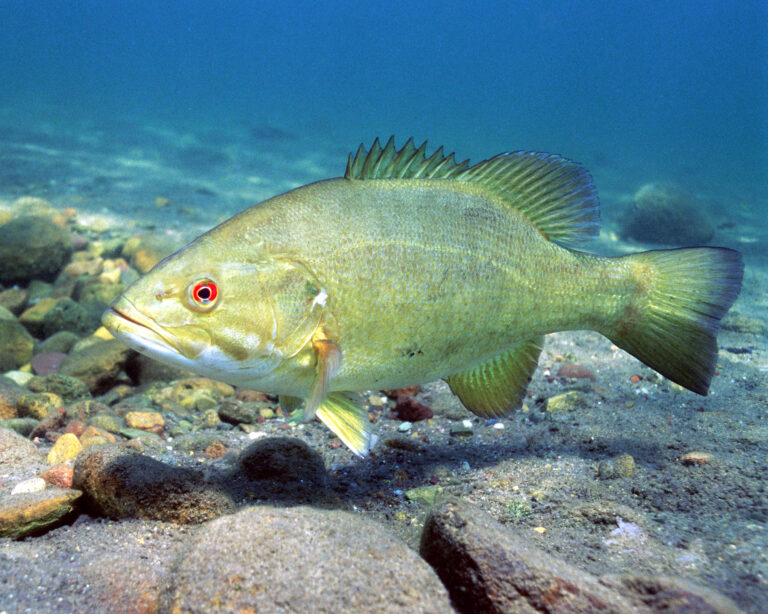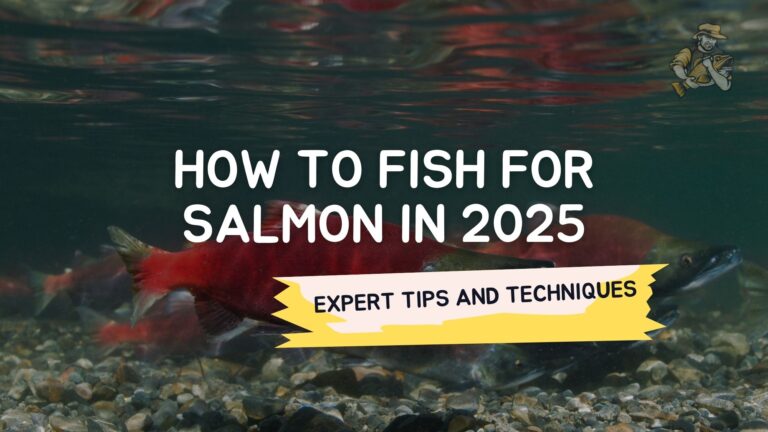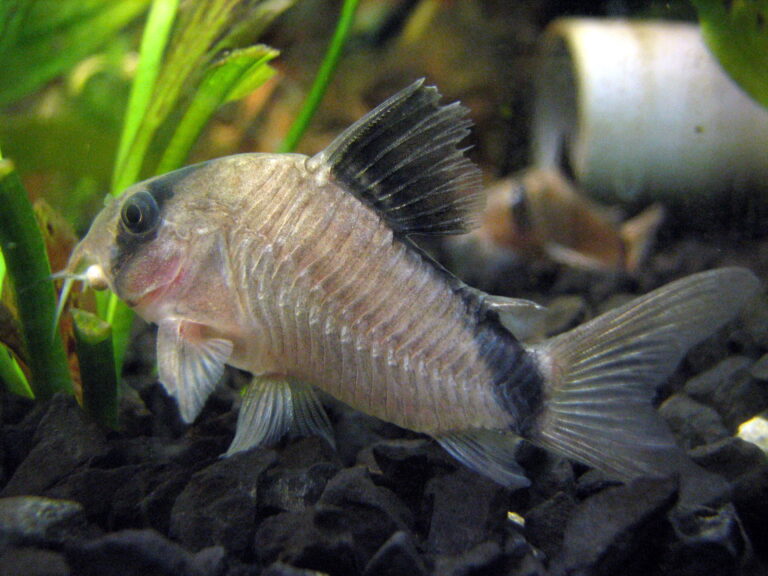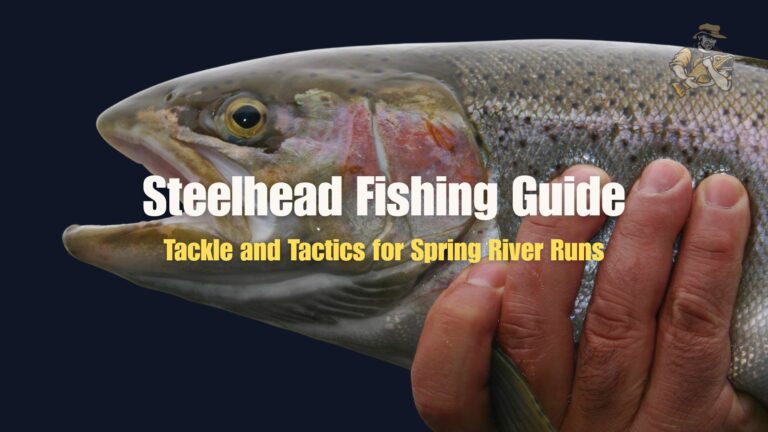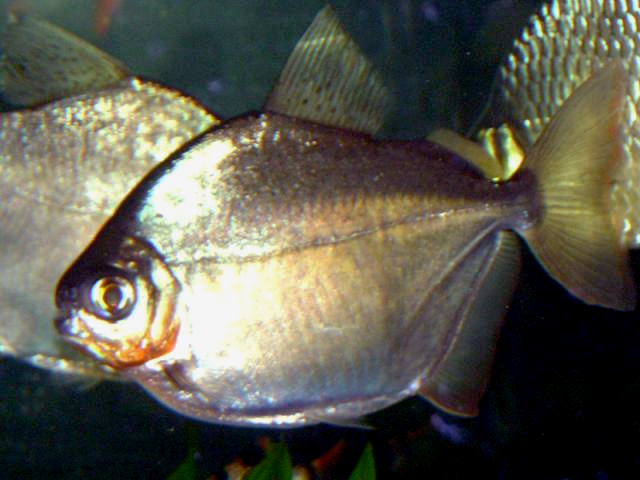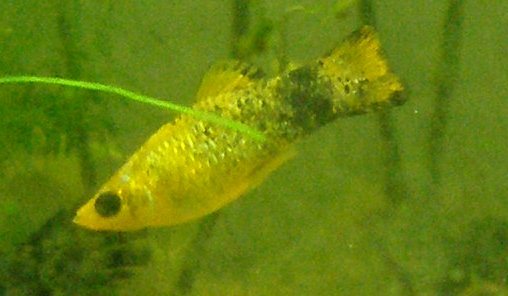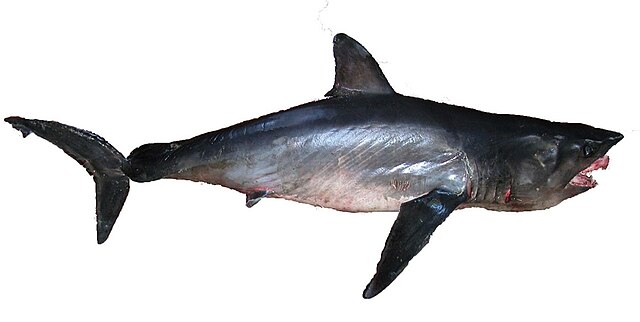How to Fish a Jellyfish: Safe Methods & Expert Tips
By Adam Hawthorne | Last Modified: April 26, 2025
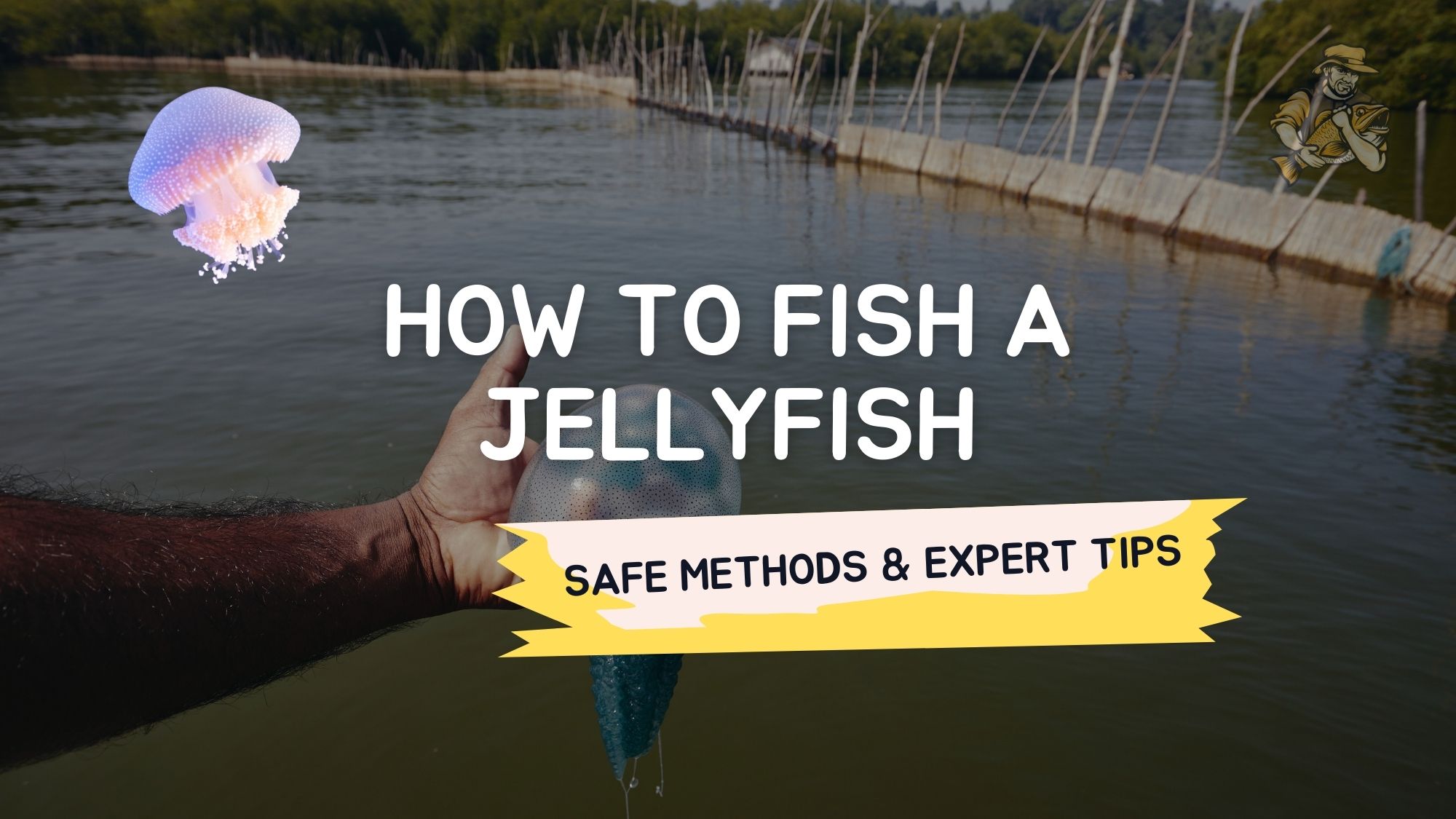
Jellyfish fishing is a specialized niche within the broader world of angling that requires unique techniques, specific knowledge, and proper safety precautions. While not a common target for most recreational anglers, there are certain cultures and culinary traditions where jellyfish are prized catches. In this comprehensive guide, I’ll walk you through everything you need to know about jellyfish fishing – from identifying edible species to safe handling techniques.
How to Fish a Jellyfish Safely and Effectively
I’ve spent decades on the water, and I’ll be the first to admit that jellyfish fishing isn’t something most North American anglers pursue regularly. However, during my travels to coastal Asian regions, particularly parts of China, Japan, and Southeast Asia, I discovered that jellyfish fishing has a rich tradition dating back centuries.
The first time I watched locals harvesting jellyfish off the coast of Okinawa, I was fascinated by their methodical approach and specialized equipment. Since then, I’ve had the opportunity to try it myself and learn from experienced jellyfish harvesters. Let me share what I’ve discovered.
Understanding Jellyfish Biology and Habitat
Before attempting to fish for jellyfish, it’s essential to understand these unique marine creatures. Jellyfish aren’t actually fish at all but are classified as cnidarians – free-swimming marine animals consisting of a gelatinous umbrella-shaped bell and trailing tentacles.
Most jellyfish species inhabit coastal waters, though some can be found in deeper ocean regions. They’re typically found in:
- Calm bays and harbors
- Areas with gentle currents
- Warmer coastal waters during summer months
- Areas with abundant zooplankton (their primary food source)
According to the National Oceanic and Atmospheric Administration (NOAA), there are over 200 species of jellyfish worldwide, but only a small number are harvested for human consumption. The most commonly targeted edible species include Cannonball jellyfish (Stomolophus meleagris) and several species in the Rhopilema genus.
Essential Equipment for Jellyfish Fishing
Unlike traditional fishing that relies on hooks and bait, jellyfish fishing requires specialized equipment designed to safely capture these delicate creatures without damaging them or risking injury to yourself. Here’s what you’ll need:
- Fine-mesh dip nets – These are essential for gently scooping jellyfish from the water. Standard fishing nets will damage jellyfish and allow them to slip through.
- Protective gloves – Even “mild” jellyfish species can cause skin irritation. I learned this lesson the hard way during my first attempt at jellyfish fishing when I foolishly handled a seemingly harmless moon jelly with bare hands.
- Long-sleeved clothing – Additional protection against stings is always a good idea.
- Wide, shallow containers – These are better than deep buckets for temporarily holding your catch. Jellyfish are fragile and can be damaged if stacked on top of each other.
- Saltwater solution – For keeping jellyfish fresh if you plan to harvest them for food.
- Polarized sunglasses – These help tremendously for spotting jellyfish just below the water’s surface, especially on sunny days when glare makes it difficult to see into the water.
Best Techniques for Catching Jellyfish
After years of fishing various species, I can tell you that jellyfish “fishing” is more akin to harvesting or collecting than traditional angling. Here are the most effective techniques I’ve either used myself or observed from experienced practitioners:
1. Surface Scooping Method
This is the most common method used for species that float near the surface, such as moon jellies and cannonball jellyfish:
- Locate jellyfish visible near the water’s surface
- Position yourself downwind or down-current from the jellyfish
- Slowly approach without creating significant water disturbance
- Gently scoop beneath and around the jellyfish with your fine-mesh net
- Lift slowly, allowing excess water to drain while supporting the jellyfish
The key is patience and gentle movements. Quick, jerky motions will damage the jellyfish and potentially break their bells (the main body).
2. Night Fishing with Lights
Some jellyfish species are attracted to light, making night fishing with underwater lights an effective technique:
- Set up lights pointing downward into the water from a dock, pier, or anchored boat
- Wait 15-30 minutes for jellyfish to be attracted to the light
- Use your dip net to carefully collect jellyfish as they gather
I tried this method during a night fishing expedition in Thailand, and we were able to collect several edible jellyfish species within a couple of hours.
3. Trawling Method (Commercial)
While not practical for recreational anglers, commercial jellyfish fisheries often use modified trawling nets with very fine mesh:
- Nets are towed slowly through waters known to contain jellyfish
- The slow speed prevents damage to the jellyfish
- Nets are carefully raised and the catch is quickly transferred to holding tanks
According to research published in the Journal of Marine Science and Engineering, commercial jellyfish fisheries in Southeast Asia use specialized gear designed specifically to minimize damage to these delicate creatures.
Safety Considerations When Fishing for Jellyfish
Safety should always be your primary concern when fishing for jellyfish. During my first jellyfish fishing experience off the coast of North Carolina, I witnessed a fellow angler suffer a nasty sting that could have been easily avoided with proper precautions.
Identifying Dangerous Species
The most critical safety aspect is being able to identify dangerous species. According to the Centers for Disease Control and Prevention (CDC), while most jellyfish stings are merely uncomfortable, some species can cause severe reactions or even be fatal.
Species to avoid include:
- Box jellyfish (Chironex fleckeri) – Extremely dangerous and potentially fatal
- Portuguese Man-of-War (Physalia physalis) – Not technically a jellyfish but very dangerous
- Sea Nettle (Chrysaora quinquecirrha) – Causes painful stings
- Lion’s Mane jellyfish (Cyanea capillata) – Painful stings that can cause severe reactions
Before attempting to fish for jellyfish in any location, research the local species and consult with local fishery management offices or experienced guides.
Proper Handling Techniques
Even with non-lethal species, proper handling is essential:
- Always wear protective gloves and clothing
- Never touch tentacles with bare skin
- Handle jellyfish only by the top of their bell if possible
- Keep your face away from the jellyfish to avoid eye contact with tentacles
- Have vinegar available as a first aid measure for stings (according to the American Red Cross, vinegar can help neutralize unfired stinging cells)
Preparing and Cooking Jellyfish
If you’re harvesting jellyfish for culinary purposes, proper preparation is essential. The traditional process includes:
- Cleaning – Remove tentacles and oral arms (the stinging parts)
- Salt curing – Apply coarse salt to draw out moisture and firm up the texture
- Multiple rinses – To remove excess salt and any remaining toxins
- Extended soaking – Usually in alum solution to create the desired crunchy texture
I won’t get into detailed recipes here, but according to Food & Agriculture Organization (FAO) of the United Nations, jellyfish have been part of Asian cuisine for over 1,700 years and are valued for their crunchy texture and ability to absorb flavors.
Environmental and Conservation Considerations
As with any type of fishing, sustainability should be a consideration. While jellyfish populations are generally abundant (and even problematic in some areas due to ocean warming), there are some ethical considerations:
- Only harvest what you will use
- Follow local regulations regarding jellyfish collection
- Be aware of protected areas where collection may be prohibited
- Consider the ecosystem impact, as jellyfish are food sources for sea turtles and some fish species
Research from the Monterey Bay Aquarium Seafood Watch suggests that jellyfish fisheries are generally sustainable, as jellyfish reproduce quickly and in large numbers. However, always check local regulations and sustainability guidelines.
Best Times and Locations for Jellyfish Fishing
Timing and location are crucial factors for successful jellyfish fishing. Through my experiences and conversations with local experts during my travels, I’ve found several patterns that can help you plan your jellyfish fishing expedition.
Seasonal Considerations
Jellyfish populations typically follow seasonal patterns:
- Summer months – Peak season in most temperate regions when water temperatures rise
- Early fall – Often excellent in subtropical regions as water temperatures remain warm
- Year-round – In tropical regions, though with species variations
During my fishing trip to the Gulf Coast in late July, we encountered massive blooms of cannonball jellyfish. The locals told me this was a regular seasonal occurrence they could predict almost to the week.
Prime Fishing Locations
Based on my travels and research, some notable locations for jellyfish fishing include:
- East Coast of China – Home to the world’s largest jellyfish fishery
- Gulf of Mexico – Particularly for cannonball jellyfish
- Waters around Thailand and Malaysia – Various edible species
- Mediterranean Sea – Several edible species during summer months
- Southeastern United States coastal waters – Seasonal cannonball jellyfish blooms
Optimal Weather Conditions
I’ve found these weather conditions to be ideal for jellyfish fishing:
- Calm seas with minimal wave action
- Sunny days (for visibility)
- Periods after mild storms (which can bring jellyfish closer to shore)
- Incoming tides in coastal areas
Trust me, trying to spot and net jellyfish during rough conditions is an exercise in frustration. I learned this lesson during a choppy day off the Florida coast where we could see jellyfish but couldn’t effectively net them due to the wave action.
Common Mistakes and How to Avoid Them
Through trial and error (mostly error on my part), I’ve identified several common mistakes that new jellyfish fishers make:
Using Improper Equipment
Standard fishing nets are too rough and will damage jellyfish. The $12 rod challenge definitely doesn’t apply here – invest in proper equipment if you’re serious about jellyfish fishing.
Misidentifying Species
This can be dangerous or disappointing if you’re harvesting for food. Research thoroughly and consider going with an experienced guide for your first outing.
Poor Handling Techniques
Rough handling will damage the jellyfish and potentially expose you to stings. Practice gentle, deliberate movements.
Inadequate Storage
Jellyfish need to be kept in saltwater if you plan to keep them alive, or properly processed immediately if harvesting for food.
FAQ About Jellyfish Fishing
Are jellyfish catches regulated?
In many areas, yes. According to the Florida Fish and Wildlife Conservation Commission, commercial jellyfish harvesting requires permits in Florida waters. Always check local regulations before harvesting.
What does jellyfish taste like?
Jellyfish has a mild, subtle flavor and is prized more for its crunchy texture than taste. It readily absorbs the flavors of sauces and seasonings it’s prepared with.
Can I fish for jellyfish from shore?
Yes, shore-based jellyfish fishing is possible in areas where jellyfish come close to the coastline, particularly during blooms. Piers and jetties also make excellent locations.
How do I treat a jellyfish sting?
According to the Mayo Clinic, you should:
- Rinse the area with vinegar
- Remove remaining tentacles with tweezers
- Soak the area in hot water
- Apply pain relievers as needed
- Seek medical attention for severe reactions
Are all jellyfish edible?
No. Only certain species are traditionally consumed. Never harvest unfamiliar species for consumption without proper identification and preparation knowledge.
Final Thoughts on Jellyfish Fishing
Jellyfish fishing represents a unique niche within the angling world that combines elements of traditional fishing with harvesting techniques. While not a mainstream activity in North America, understanding how to properly catch jellyfish can open up new culinary experiences and fishing adventures.
If you’re interested in trying jellyfish fishing, I’d recommend starting with a guided experience in an area known for edible jellyfish species. The specialized knowledge required, particularly for identifying safe species and proper handling, makes this an ideal activity to learn directly from experienced practitioners.
Remember that as with all fishing activities, respecting the marine environment, following local regulations, and prioritizing safety should always be your top concerns. Jellyfish play an important role in marine ecosystems, and responsible fishing practices help ensure their continued presence in our oceans.
Have you ever encountered jellyfish while fishing? Or perhaps tried jellyfish as a culinary delicacy? I’d love to hear about your experiences in the comments below.

Meet Adam Hawthorne
I’m a lifelong fishing enthusiast who’s spent years exploring rivers, lakes, and oceans with a rod in hand. At Fishing Titan, I share hands-on tips, honest gear reviews, and everything I’ve learned about fish and ocean life, so you can fish smarter and enjoy every cast.
Share:

Meet Adam Hawthorne
I’m a lifelong fishing enthusiast who’s spent years exploring rivers, lakes, and oceans with a rod in hand. At Fishing Titan, I share hands-on tips, honest gear reviews, and everything I’ve learned about fish and ocean life, so you can fish smarter and enjoy every cast.
Related Articles
-
Smallmouth Bass
The Smallmouth Bass represents one of North America’s most prized freshwater game fish, combining impressive fighting ability with remarkable adaptability across diverse aquatic ecosystems. Known…
-
How to Fish for Salmon in 2025: Expert Tips and Techniques
Few fishing experiences match the thrill of feeling a salmon take your line. These powerful fish have captivated anglers for generations, and with good reason….
-
Corydoras Catfish
Corydoras catfish represent one of the most diverse and ecologically significant groups of freshwater bottom-dwelling fish in South American aquatic ecosystems. These small, armored catfish…
-
Steelhead Fishing Guide: Tackle and Tactics for Spring River Runs
There’s something almost magical about standing waist-deep in a frigid spring river, feeling the current push against your legs while you watch your float drift…
Fish Species
-
Silver Dollar Fish
The Silver Dollar Fish (*Metynnis argenteus*) stands as one of South America’s most recognizable freshwater species, renowned for its distinctive disc-shaped body and shimmering silver…
-
Balloon Molly
The Balloon Molly (*Poecilia latipinna* var.) represents one of the most distinctive and popular ornamental fish varieties in the freshwater aquarium trade. This selectively bred…
-
Longfin Mako Shark
The Longfin Mako Shark represents one of nature’s most enigmatic and misunderstood predators, embodying both the raw power and elusive nature that defines the ocean’s…
-
Stonecat
The Stonecat (Noturus flavus) represents one of North America’s most distinctive freshwater catfish species, serving as a crucial indicator of stream health and ecosystem balance….

